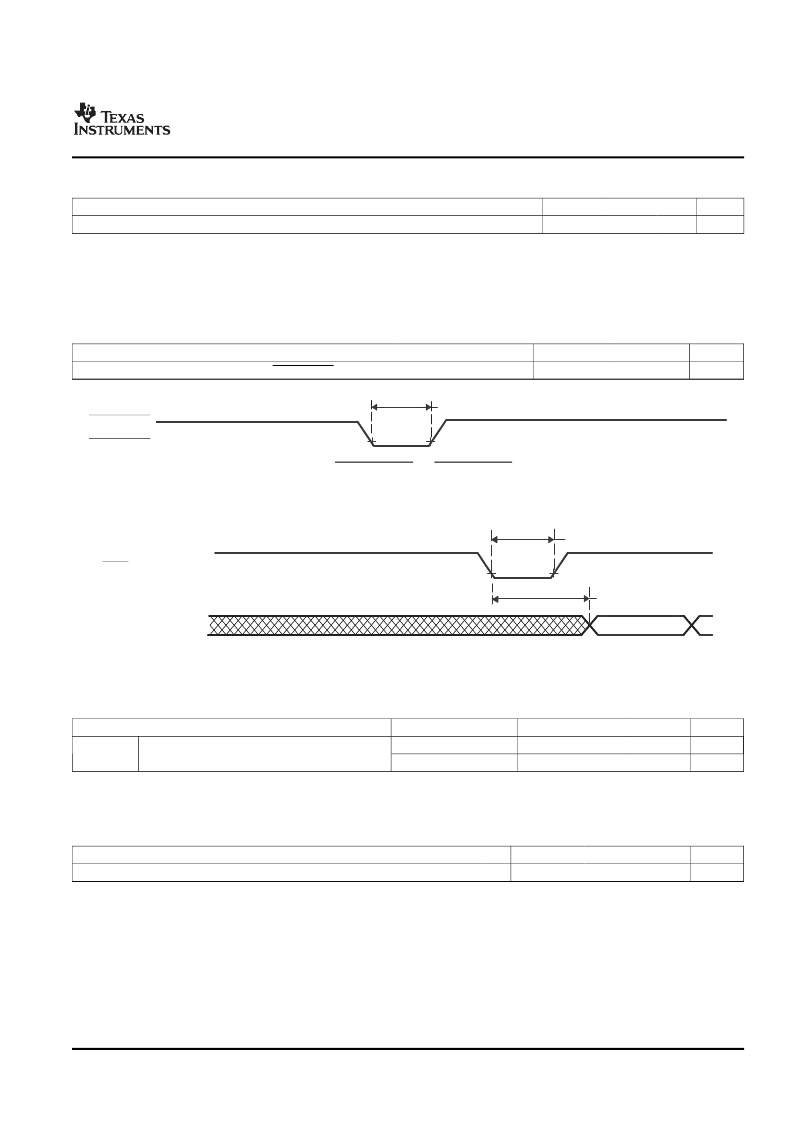- 您現(xiàn)在的位置:買賣IC網(wǎng) > PDF目錄384019 > TMP320F28044ZGMS (Texas Instruments, Inc.) Digital Signal Processor PDF資料下載
參數(shù)資料
| 型號(hào): | TMP320F28044ZGMS |
| 廠商: | Texas Instruments, Inc. |
| 元件分類: | 數(shù)字信號(hào)處理 |
| 英文描述: | Digital Signal Processor |
| 中文描述: | 數(shù)字信號(hào)處理器 |
| 文件頁(yè)數(shù): | 89/107頁(yè) |
| 文件大?。?/td> | 784K |
| 代理商: | TMP320F28044ZGMS |
第1頁(yè)第2頁(yè)第3頁(yè)第4頁(yè)第5頁(yè)第6頁(yè)第7頁(yè)第8頁(yè)第9頁(yè)第10頁(yè)第11頁(yè)第12頁(yè)第13頁(yè)第14頁(yè)第15頁(yè)第16頁(yè)第17頁(yè)第18頁(yè)第19頁(yè)第20頁(yè)第21頁(yè)第22頁(yè)第23頁(yè)第24頁(yè)第25頁(yè)第26頁(yè)第27頁(yè)第28頁(yè)第29頁(yè)第30頁(yè)第31頁(yè)第32頁(yè)第33頁(yè)第34頁(yè)第35頁(yè)第36頁(yè)第37頁(yè)第38頁(yè)第39頁(yè)第40頁(yè)第41頁(yè)第42頁(yè)第43頁(yè)第44頁(yè)第45頁(yè)第46頁(yè)第47頁(yè)第48頁(yè)第49頁(yè)第50頁(yè)第51頁(yè)第52頁(yè)第53頁(yè)第54頁(yè)第55頁(yè)第56頁(yè)第57頁(yè)第58頁(yè)第59頁(yè)第60頁(yè)第61頁(yè)第62頁(yè)第63頁(yè)第64頁(yè)第65頁(yè)第66頁(yè)第67頁(yè)第68頁(yè)第69頁(yè)第70頁(yè)第71頁(yè)第72頁(yè)第73頁(yè)第74頁(yè)第75頁(yè)第76頁(yè)第77頁(yè)第78頁(yè)第79頁(yè)第80頁(yè)第81頁(yè)第82頁(yè)第83頁(yè)第84頁(yè)第85頁(yè)第86頁(yè)第87頁(yè)第88頁(yè)當(dāng)前第89頁(yè)第90頁(yè)第91頁(yè)第92頁(yè)第93頁(yè)第94頁(yè)第95頁(yè)第96頁(yè)第97頁(yè)第98頁(yè)第99頁(yè)第100頁(yè)第101頁(yè)第102頁(yè)第103頁(yè)第104頁(yè)第105頁(yè)第106頁(yè)第107頁(yè)

www.ti.com
ADCSOCAO
or
ADCSOCBO
t
w(ADCSOCAL)
6.10.3 External Interrupt Timing
XNMI, XINT1, XINT2
t
w(INT)
Interrupt Vector
t
d(INT)
Address bus
(internal)
TMS320F28044
Digital Signal Processor
SPRS357B–AUGUST 2006–REVISED MAY 2007
Table 6-21. High Resolution PWM Characteristics at SYSCLKOUT = (60 - 100 MHz)
MIN
TYP
150
MAX
310
UNIT
ps
Micro Edge Positioning (MEP) step size
(1)
(1)
Maximum MEP step size is based on worst-case process, maximum temperature and maximum voltage. MEP step size will increase
with low voltage and high temperature and decrease with voltage and cold temperature.
Applications that use the HRPWM feature should use MEP Scale Factor Optimizer (SFO) estimation software functions. See the TI
software libraries for details of using SFO function in end applications. SFO functions help to estimate the number of MEP steps per
SYSCLKOUT period dynamically while the HRPWM is in operation.
Table 6-22. External ADC Start-of-Conversion Switching Characteristics
PARAMETER
Pulse duration, ADCSOCAO low
MIN
MAX
UNIT
cycles
t
w(ADCSOCAL)
32t
c(HCO)
Figure 6-14. ADCSOCAO or ADCSOCBO Timing
Figure 6-15. External Interrupt Timing
Table 6-23. External Interrupt Timing Requirements
(1)
TEST CONDITIONS
Synchronous
With qualifier
MIN
MAX
UNIT
cycles
cycles
t
w(INT)(2)
Pulse duration, INT input low/high
1t
c(SCO)
1t
c(SCO)
+ t
w(IQSW)
(1)
(2)
For an explanation of the input qualifier parameters, see
Table 6-11
.
This timing is applicable to any GPIO pin configured for ADCSOC functionality.
Table 6-24. External Interrupt Switching Characteristics
(1)
PARAMETER
MIN
MAX
UNIT
cycles
t
d(INT)
(1)
Delay time, INT low/high to interrupt-vector fetch
t
w(IQSW)
+ 12t
c(SCO)
For an explanation of the input qualifier parameters, see
Table 6-11
.
Submit Documentation Feedback
Electrical Specifications
89
相關(guān)PDF資料 |
PDF描述 |
|---|---|
| TMS320F28044_07 | Digital Signal Processor |
| TMS320F28044ZGMA | Digital Signal Processor |
| TMS320F28044ZGMQ | Digital Signal Processor |
| TMS320F28044ZGMS | Digital Signal Processor |
| TMX320F28044GGMQ | Digital Signal Processor |
相關(guān)代理商/技術(shù)參數(shù) |
參數(shù)描述 |
|---|---|
| TMP320F2810GHHA | 制造商:TI 制造商全稱:Texas Instruments 功能描述:DIGITAL SIGNAL PROCESSORS |
| TMP320F2810GHHMEP | 制造商:TI 制造商全稱:Texas Instruments 功能描述:Digital Signal Processors |
| TMP320F2810GHHS | 制造商:TI 制造商全稱:Texas Instruments 功能描述:DIGITAL SIGNAL PROCESSORS |
| TMP320F2810PBKA | 制造商:Texas Instruments 功能描述: |
| TMP320F2810PBKAEP | 制造商:TI 制造商全稱:Texas Instruments 功能描述:Digital Signal Processors |
發(fā)布緊急采購(gòu),3分鐘左右您將得到回復(fù)。